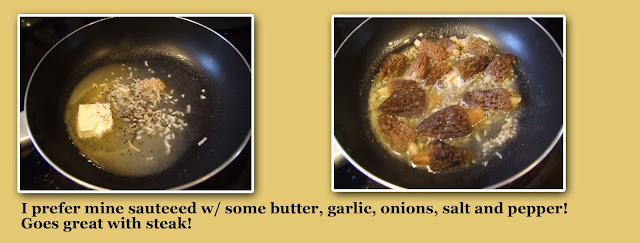The summer heat is upon us, and with it brings lots of new things to add to our kitchens! One of the most abundant forageable plants this time of year is the Wild Carrot (Daucus Carota). Or, as you may know it, Queen Anne’s Lace! Scattered along the road side, or growing high in a field, this beautiful flower can be found almost anywhere, and usually in abundance. In fact, I harvested some today on the side of my driveway.

Though most people consider this plant a weed, I can’t wait until they start to bloom. There are so many uses for it, mostly medicinal, but my favorite thing to do with this plant's flower is make jelly!
Before we get into the jelly making, I wanted to point out a few other things this plant is used for. As mentioned before, its called “The Wild Carrot”. This is because it belongs in the carrot family, and when the plant is very young, you can dig up its long tap root, and eat it just like you would a regular, garden grown carrot. Sadly, once the plant is large and begins to flower, the root becomes woody and is not fit for consumption.
The flowers themselves have long been used in teas and other concoctions for medicinal purposes. One of the most common uses for it was as a form of contraceptive, done by ingesting the seeds with a glass of water shortly after ‘incident’. The teas made were also used to treat kidney stones or other urinary tract issues by flushing out toxins; diabetic’s commonly used the herbal infused teas to lower blood sugar; and it was also widely used as a diuretic.
Before you start harvesting away, I do want to point out that Queen Anne’s Lace (QAL) does have a deadly look alike! The hemlock flower looks extremely similar to QAL, and in fact, last year, I almost made this mistake myself. Fortunately there are a couple of tell-tale signs to tell them apart. Hemlock flowers are more branched than those of QAL, and if you notice in the picture, Queen Anne’s has a small purple flower right in the center! The other easily detectable difference in the smell. QAL smells like, what else? Carrots. Hemlock has quite a nasty smell to it, which is very distinct.
Once you are sure you have the correct flower, cut away! Cut the flower just below the blossom, but
keep it in one piece. If you are going to make a batch of the jelly, anywhere from 13-18 flower heads will be all that you should need.
 |
| Don't forget to wash your jars! |
Once you are home, you are going to want to remove all the bugs that find queen anne’s lace equally tasty! I do this by getting a large bowl, and submerging them in cold water for about thirty minutes. I recommend doing this outside. There are usually a few larger bugs, but what you can’t see are the small, white spiders, and hundreds of little mites that commonly live on this plant. Doing this outside prevents them from getting in your house. After about thirty minutes, remove your flowers from the water, give them a good shake, and place them in your pot. Add about 4-5 cups of water, and bring them all to a rolling boil. Continue cooking at this temperature for about 10 minutes, then remove the brew from the heat.
 |
| Just before the boil! |
Let it seep anywhere from 30 minutes to a couple of hours, by covering it and keeping in the heat. Once you are ready to uncover the mix, take the large blossoms out of the pot. I usually squeeze the access liquid out, to make sure all the nectar has be drained. Take a large bowl, cover with cheesecloth, and drain the remaining liquid over it. The cheesecloth will catch the access petals, pollen bits, and any small remaining debris. At this point you should have a bowl of very clean brownish-green liquid. Place this in a large pot, add your lemon and pectin in, and bring it up to a rolling boil. Add your sugar, and bring it back up to a rolling boil again. Boil for 1 minute, and remove it from the heat (I always add about two small drops of red food coloring for a nice pink tone). Now your mix is ready for canning!
The jelly that Queen Anne’s Lace makes is a mix of citrus and honey, with a light taste that is excellent on English muffins, toast, or biscuits. Canning is an excellent way to be able to enjoy this plant all year long!
Until next time, Happy Hunting!
Queen Anne’s Lace Jelly
 |
| The finished product! |
18 large, fresh Queen Anne’s lace heads
4 Cups water
1/4 Cup lemon juice (fresh or bottled)
1 Package powdered pectin
3 1/2 Cups + 2 Tbsp. sugar
Bring water to boil. Remove from heat. Add flower heads (push them down into the water). Cover and steep 30 mins. Strain.
Measure 3 Cups liquid into 4-6 quart pan. Add lemon juice and pectin. Bring to a rolling boil stirring constantly. Add sugar and stir constantly. Cook and stir until mixture comes to a rolling boil. Boil one minute longer, then remove from heat.
Add color (pink) if desired. Skim. Pour into jars leaving 1/4” head space. Process in hot water bath for 5 mins.






































